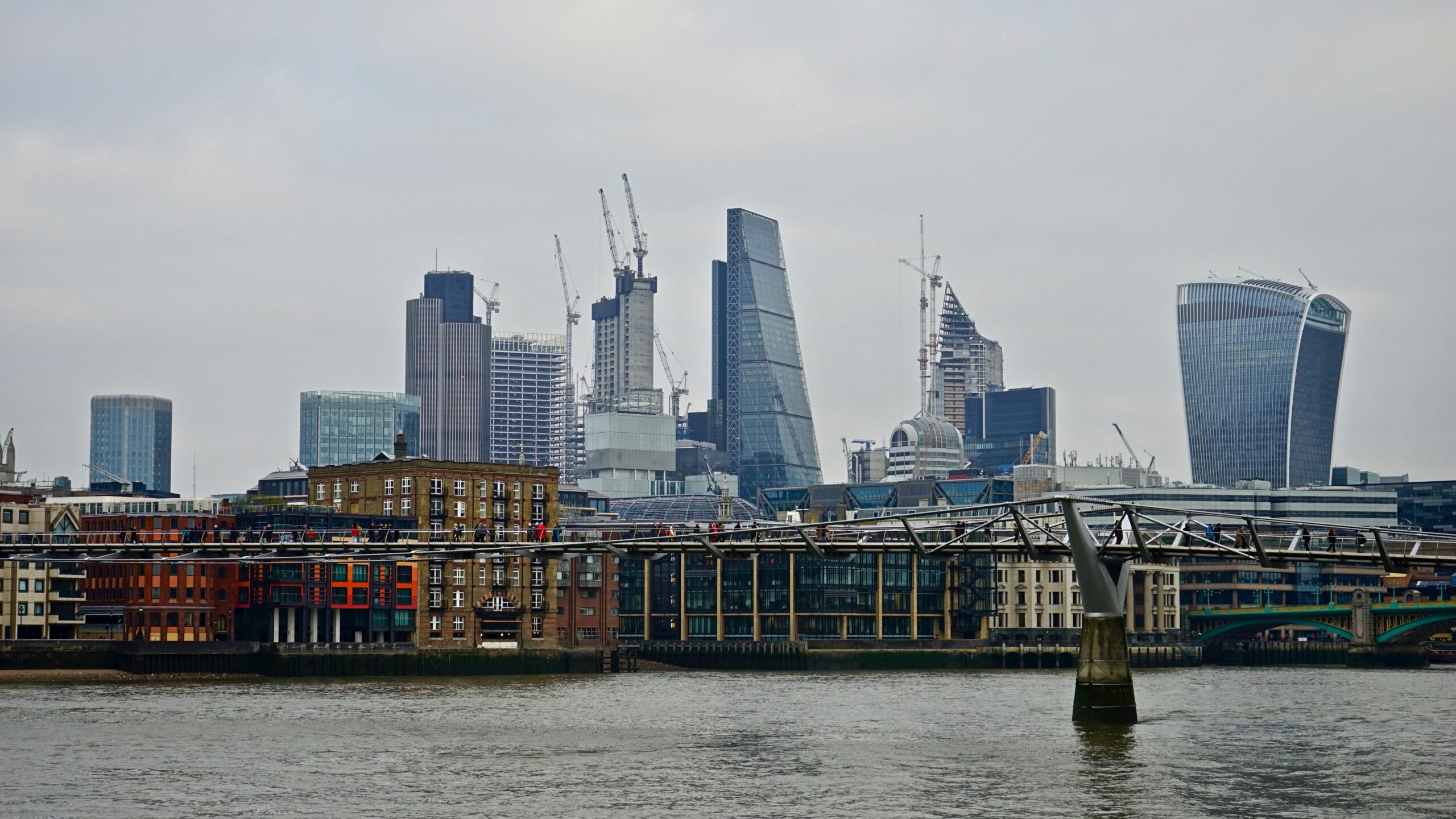Building and committing to an Environmental, Social, Governance (ESG) strategy is increasingly important for businesses. And sustainable procurement teams can lead the charge.
Forestreet Cheat Sheet
Key points for busy people
- Sustainable procurement involves integrating your company’s Environmental, Social, Governance (ESG) strategy into the procurement process.
- In order to make procurement sustainable, companies should be choosey about supplier identification and ensure they are carefully monitoring throughout the process.
- The procurement process should also be viewed holistically, with a joined-up approach across departments and an eye on the longer term.
- Sustainable procurement should be approached positively: as a solution leading to better business outcomes, not a problem to be solved
Sustainable procurement is about integrating your company’s ESG principles into your procurement processes, while ensuring stakeholder requirements are still met. Taking a step back: what is ESG? And how can procurement companies integrate this into their processes?
ESG captures the wider impact of a business beyond profit and stakeholders
ESG refers collectively to measuring a company’s environmental and social impact. It is about companies taking responsibility for the wider ecosystem they operate in and looking beyond to their broader impact. ESG has become a central consideration for companies and consumers in recent years. According to the Net Zero Tracker, more than one-third of the largest publicly traded companies now have net zero targets. And many consumers prioritise ESG concerns when making purchasing decisions.
Procurement teams have an important role to play in this process. Making sure they are aligned with the wider company goals and fully onboard with the overall strategy will be vital for a successful ESG implementation.
Logistics, big footprints and money: sustainable procurement leading the charge
Procurement teams have numerous opportunities to contribute to and lead on your company’s ESG strategy. One example is by improving supply chain logistics to reduce emissions, and tracking CO2 impact across purchases. Perhaps more importantly, procurement managers have large-scale spend power, which can be used to make a significant positive (or negative, depending on how it is used) difference. Consumers want to know companies are taking genuine action and are prepared to put their money where their mouth is. This involves actively choosing sustainable suppliers. Supply chains are increasingly in the news and are under ever more scrutiny. Procurement teams need to step up to the mark.
But ESG doesn’t have to be seen as a hurdle or a pesky problem you need to juggle in competition with other priorities. Making your supply chain more sustainable helps with all these other goals too: by making the supply chain more sustainable you are de-risking, reducing costs further down the line and improving your image – leading to increased consumer interest. This change of mindset is vital. Sustainable procurement isn’t the problem: it’s the solution.
This change of mindset is vital. Sustainable procurement isn’t the problem: it’s the solution.
With this in mind, we’ve put together some tips for how you can develop and successfully implement a sustainable procurement strategy.
1. Be choosey
It’s important to set high standards for new suppliers and do your research. Look at track records and make sure the company is willing to commit to accountability targets and measures. You want to be sure they will own these goals.
Supplier identification tools, such as Forestreet, can be useful here for identifying new companies you might not otherwise have come across. Having a wider range of companies to choose from can give procurement teams more leverage and ability to make bigger demand of their suppliers.
2. Keep on monitoring
ESG is not a one-time task. It is not a case of initially vetting suppliers at the first purchase and then sitting back and assuming everything will be OK. ESG is a constantly ongoing and active process of monitoring and holding suppliers accountable.
ESG is a constantly ongoing and active process of monitoring and holding suppliers accountable.
It is a good idea to introducing policies and contracts for new suppliers which commit them to providing evidence of the sustainability goals they set, such as only using sustainable materials or keeping their carbon footprint below a threshold amount.
3. Develop a ‘shared language’ and bring people with you
One of the ways ESG strategies can fail is due to a lack of clarity around the term, the reasons for approaching it, who should own the ESG strategy and what it even is in the first place. For example, social enterprise may see ESG as a way of holding companies accountable for improving their environmental impact, a business leader may approach ESG as a thing they need to do to keep customers and avoid bad publicity, while yet another manager within the company sees ESG as a way of innovating and improving.
In order to avoid this conflict in priorities derailing your ESG strategy, it’s important to create a constructive, shared language for different stakeholders to express what they want and need from ESG. Acknowledging that there are many strands to the movement, from regulation and assurance to the more innovative and impact-driven work, and that all parts are important for achieving ESG goals, allows different stakeholders to work together. Different stakeholders need to be more active in labelling and communicating their intentions for ESG. This cross-sector and department collaboration will be vital.
4. Approach ESG with intention and bake it into your long-term strategy
Sustainable procurement is not just a fad which is likely to slowly shuffle out of the spotlight at some point in the next few years. It’s not an option for companies to keep their heads down, bluff their way through, and wait for the hub bub to die down. Investing in a proper, long-term ESG strategy and facing up to this now is the only real option. It is becoming increasingly clear that businesses need to adapt and take genuine action. Sustainability and ESG are only going to grow more important for companies in the coming years.
You should not be approaching ESG strategies solely as a publicity stunt or a tick box exercise, but as a long-term investment. Equally, ESG can be measured; and it should be. If you are only talking the talk, rather than actually driving change, it will be noticed.
5. Reframe sustainable procurement as an opportunity not a cost
But it’s not all doom and gloom. Sustainable procurement can be a significant opportunity for your company. Firstly, it reduces your vulnerability to climate risks and helps to future-proof your business. It will also make your product and service appealing to customers, who are more likely to show brand loyalty to a company which is taking active steps to improve their environmental and social impact. Finally, adopting sustainable strategies can actually be cheaper for the business, reducing inefficiencies. For example, reducing packaging, as well as being popular with consumers, will also actually be more efficient, saving money in the long term. When viewed in this way, then, the trade-offs between economic and environmental and social are not so big. In fact, they are often very closely aligned.
the trade-offs between economic and environmental and social are… often very closely aligned.
Ultimately, to truly make your supply chain more sustainable, you need to commit to taking it forward and seeing it through. A half-baked attempt, pushed through for the wrong reasons, is unlikely to add value to your organisation in the long-term.
Forestreet can help
Keen to embrace a new sustainable mindset and ready to lead the charge? Being willing to integrate new technologies can help accelerate and amplify your ESG strategy. If you want to learn more about how Forestreet can help make your supply chain more ESG-friendly, book a demo here. And don’t forget to ask about our new ESG scores.



